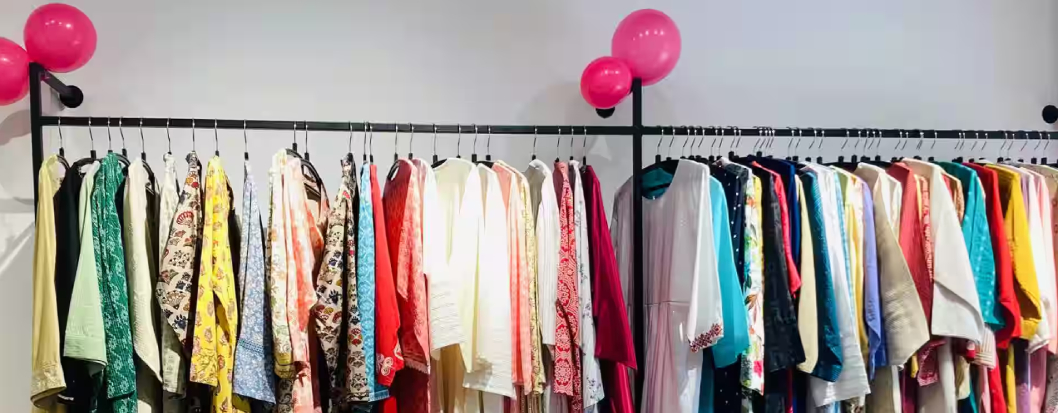READYMADE GARMENTS
Readymade garments are clothing items that are manufactured in standard sizes and sold in stores, as opposed to being custom-made or tailored to individual measurements. These garments are produced in large quantities and are designed to be worn by a wide range of people.Ready-made garments (RMG) refer to clothing that is mass-produced in standard sizes rather than custom-made. Here’s a comprehensive overview of the sector:
Here are a few key points about readymade garments:
1. Industry Overview
>Mass Production:Ready-made garments are pre-manufactured clothing items sold in standardized sizes. They are produced in factories and made available for purchase in retail stores or online.
>History: The RMG industry began to expand significantly during the 19th century with the advent of the industrial
revolution and has continued to grow with advances in manufacturing technology.
2.Types of Ready-Made Garments
>Men's Clothing: Includes suits, shirts, trousers, jackets, and casual wear.
>Women's Clothing: Covers dresses, blouses, skirts, pants, and outerwear.
>Children's Clothing: Includes babywear, kids' dresses, pants, and other age-specific garments.
> Specialty Clothing: Includes sportswear, workwear, uniforms, and seasonal items like swimwear or winter coats.
3. Manufacturing Process
>Design: Fashion designers create clothing designs based on trends, consumer needs, and seasonal preferences.
>Pattern Making: Patterns are created from the designs, which are then used to cut fabric pieces.
>Cutting and Sewing: Fabric pieces are cut according to patterns and sewn together in manufacturing facilities.
> Finishing: Garments are finished with details like buttons, zippers, and labels.
>Quality Control: Finished garments undergo quality checks to ensure they meet standards.
4. Challenges and Opportunities
>Challenges:Includes issues like fast fashion’s environmental impact, labor conditions in manufacturing countries, and supply chain disruptions.
>Opportunities: Growing demand for personalized and sustainable clothing offers new opportunities for innovation and market expansion.
5.Future Trends
>Technology Integration:Advancements in technology, such as 3D printing and AI in design, are shaping the future of the industry..
>Consumer Behavior: Increased consumer awareness regarding sustainability and ethical practices is influencing purchasing decisions.
> Customization: There is a growing trend towards customization and on-demand production, allowing consumers to personalize their garments.
